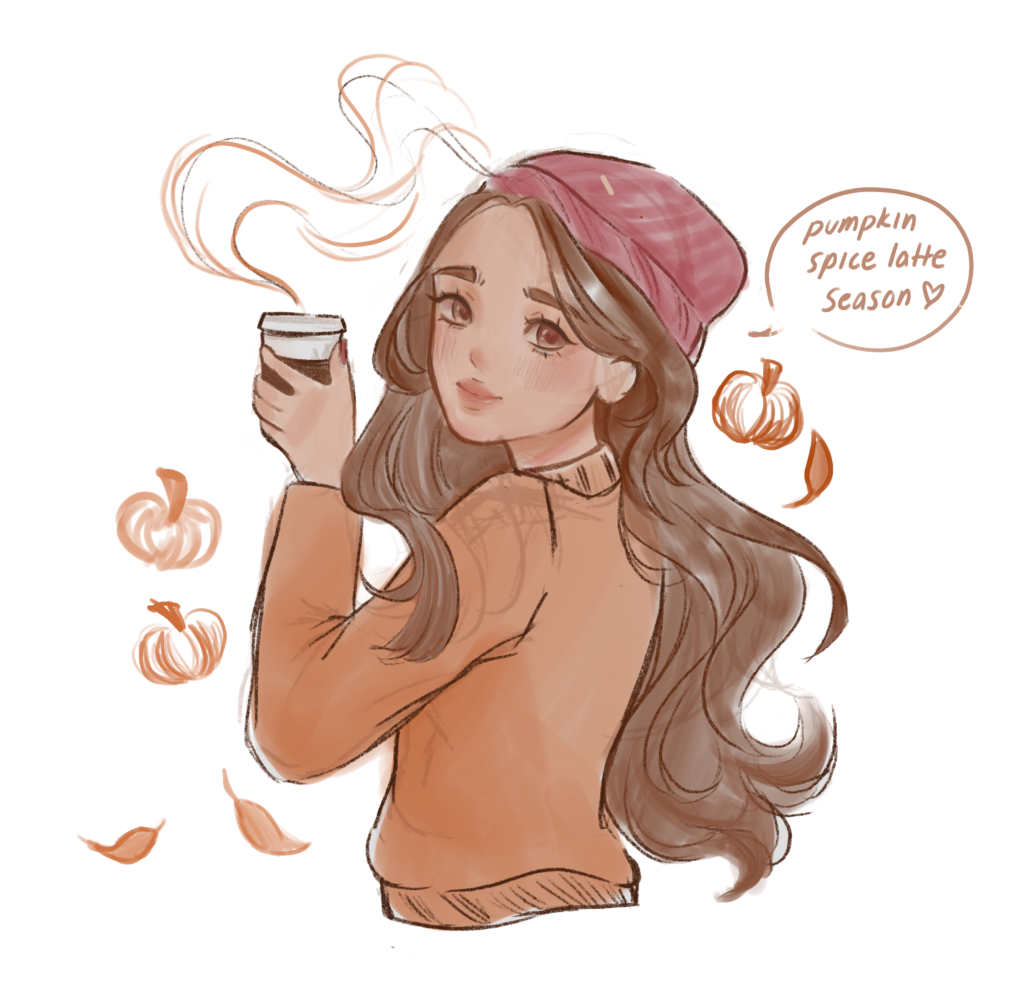
As Spirit Halloween stores begin to pop-up and pumpkin spice lattes return to Starbucks, people know that fall is approaching. There are many people who may feel the pressure to participate in fall trends.
“My wife is a big Halloween person,” said chemistry and AVID teacher Max Von Euw. “And I’ve just taken the Halloween pill.”
Some people like Von Euw mainly partake in these fall traditions because their close family or friends are fall enthusiasts. However, this is not the only reason that people begin buying fall-themed items.
“I just bought two cans of pumpkin puree last week,” Von Euw said. “When I see it on the shelves … I [feel] targeted.”
Although there is a time range when companies begin putting fall products on shelves, most start between mid-August and early September. Many stores stock up and advertise trendy fall items early, including Halloween candy and pumpkin pies. This is a commonly-used marketing practice that stores use to ‘target’ consumers.
… then you’re not looking like a bundled-up marshmallow
However, not everyone buys fall items because of stores’ fall-themed marketing.
“When I see things and I buy them, It’s usually because I like them or because I want [them],” said freshman Mya Nguyen.
Nguyen adores stockings, coats and fleece-lined clothing.
“It’s aesthetically pleasing, like it’s trendy,” Nguyen said. “And you still look good and it’s like you can be warm and then you’re not looking like a bundled-up marshmallow.”
Similarly, sophomore Sylvia Demeule leans into the fall accessories.
“I like wearing fall-themed earrings,” Demeule said. “I have a pair of glow in the dark skeleton earrings.”
Buying fun accessories or clothes to keep warm during the season is one way that people participate in fall trends and buying items due to fall-based marketing.
For many people, pumpkins are a part of their fall activities, whether it be making pumpkin pies, drinking pumpkin spice lattes or visiting pumpkin patches.
“Not as much as before, but I do go to the pumpkin patch maybe once in the [season] with my family [and] pick out a pumpkin [to] carve,” said senior Ryan Galliano.
This classic tradition of pumpkin carving originates from the nineteenth century when people in Ireland began carving turnips into devilish faces to scare away Stingy Jack, an Irish myth. They began carving these ‘jack-o-lanterns’ from pumpkins when they immigrated to the United States.
Pumpkin carving is such a trend that in 2022, the U.S. Department of Energy estimated 1.5 billion pounds of pumpkin waste in the U.S. during that pumpkin season. Some of the best ways to reduce pumpkin waste is to compost or roast the seeds.
“We usually … make [excess pumpkin and pumpkin waste] into pies,” Nguyen said. “And we give it to people.”
Von Euw also uses pumpkins thoroughly throughout the season.
“[My family] stocks up on our cans of pumpkins to make pumpkin muffins or pumpkin bread,” Von Euw said.
However, not everyone is a fan of the pumpkin flavor.
“Pumpkins taste gross,” Demeule said.
As fall continues, people in the Aragon community continue to celebrate in a variety of ways and partake in fall-based consumerism by buying fall accessories, clothes, pumpkins and more.



